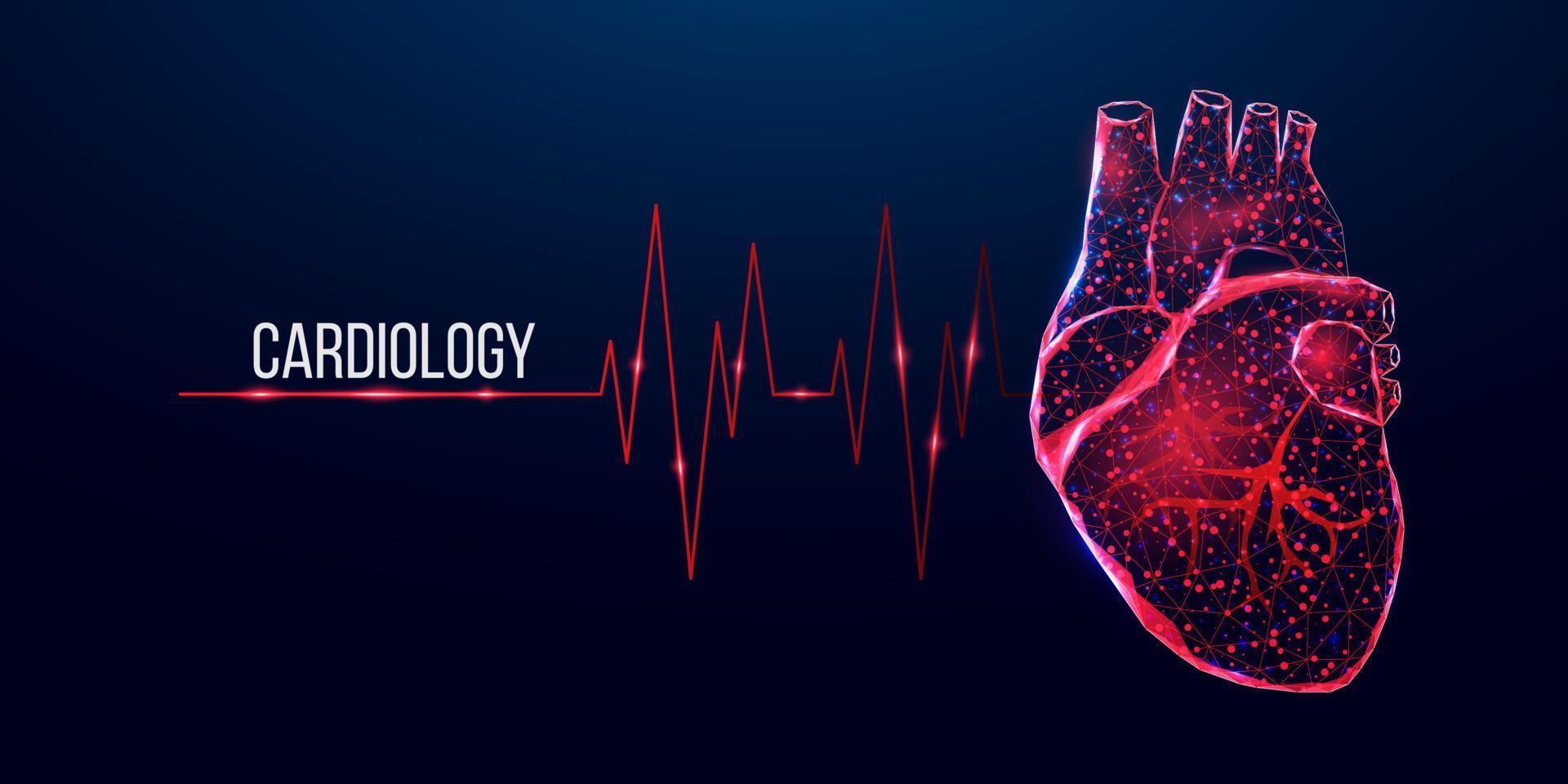How Cardiology care protects your cardiovascular health long-term
How Cardiology care protects your cardiovascular health long-term
Blog Article
Understanding the Significance of Cardiology in Modern Health Care Solutions
Cardiology plays an important duty in modern healthcare, particularly as heart problem proceeds to be the leading source of death worldwide. Advances in diagnostics and treatment have transformed client care, enabling earlier interventions and improved outcomes. Furthermore, the shift towards preventive cardiology encourages people to manage their health and wellness proactively. As innovation remains to evolve, the assimilation of cutting-edge options may further redefine cardiology's influence on public wellness, triggering a closer examination of arising patterns and their ramifications.
The Prevalence of Heart Disease and Its Impact on Public Wellness
Heart condition continues to be the leading cause of fatality worldwide, its impact extends much past specific people to affect public health and wellness systems and economies. The high prevalence of cardiovascular disease positions a significant pressure on medical care resources, necessitating increased financing for treatment, rehab, and prevention programs. Public health campaigns need to attend to threat aspects such as obesity, cigarette smoking, and sedentary way of livings, which contribute substantially to the rising occurrence of heart conditions.Moreover, the financial burden connected with heart condition is immense, encompassing not only straight clinical prices but likewise indirect costs connected to shed productivity and premature death. Areas encounter challenges in handling these expenses, frequently causing differences in healthcare gain access to and end results. As the population ages and lifestyle-related dangers continue to rise, the necessity for effective cardiology interventions ends up being vital. Dealing with heart disease is not only an issue of specific health and wellness however likewise a vital public health priority.
Advances in Heart Diagnostics and Imaging Techniques
Current innovations in heart diagnostics and imaging methods have revolutionized the area of cardiology, improving the capability to discover and keep track of heart problem. Strategies such as heart MRI, CT angiography, and echocardiography have become significantly innovative, offering detailed photos of heart structures and functions. These methods permit the early identification of conditions like coronary artery condition, cardiac arrest, and valvular disorders.Moreover, developments in non-invasive diagnostics, such as wearable innovation and remote monitoring gadgets, have encouraged individuals and health care providers. These devices assist in real-time tracking of heart rhythms and various other necessary signs, leading to prompt interventions. In addition, synthetic intelligence is being incorporated into imaging evaluation, boosting accuracy and effectiveness in medical diagnosis.
Technologies in Treatment Alternatives for Heart Issues
Current advancements in cardiology have actually led to considerable technologies in treatment alternatives for heart conditions. These include innovative surgical techniques that improve step-by-step outcomes and emerging drugs that offer new opportunities for treatment. As the field develops, these developments play a vital role in enhancing person care and outcomes.
Advanced Surgical Techniques
Advancements in medical strategies have transformed the landscape of cardiology, providing brand-new wish for patients with heart disease. Minimally invasive treatments, such as catheter-based treatments, have actually greatly decreased healing times and health center keeps. Techniques like robotic-assisted surgical treatment improve precision, permitting cosmetic surgeons to browse complicated physiological frameworks with higher precision. Innovations in imaging modern technology promote real-time visualization throughout treatments, boosting results. Transcatheter aortic valve replacement (TAVR) exemplifies a development in dealing with aortic constriction, making it possible for shutoff substitute without open-heart surgical procedure. Additionally, hybrid methods that integrate catheter-based and surgical techniques supply customized options for numerous heart problems. These innovative surgical techniques not only improve individual security however additionally broaden therapy alternatives, emphasizing the essential role of development in modern-day cardiology methods.
Emerging Drugs and Treatments
As the landscape of cardiology remains to develop, emerging therapies and drugs play an essential role in boosting therapy options for heart disease. Technologies such as unique anticoagulants and progressed lipid-lowering agents have changed the administration of heart diseases, substantially minimizing client morbidity and death. Additionally, the growth of gene treatments and regenerative medication provides appealing opportunities for treating conditions formerly deemed incurable. Medical tests are continually exposing the efficiency of these therapies, pushing the borders of traditional therapies. Moreover, the combination of electronic health innovations promotes personalized medicine, permitting customized treatment plans based upon hereditary and lifestyle elements. Collectively, these developments highlight the vibrant nature of cardiology, boosting person end results and redefining standards of care in modern health care.
The Function of Preventive Cardiology in Individual Treatment
Precautionary cardiology plays a crucial role in patient care by concentrating on the identification of risk factors that contribute to heart problem. Through lifestyle modification strategies and early detection techniques, doctor can properly minimize the occurrence of cardio events - Cardiology Jupiter. This proactive strategy not only improves client results but likewise advertises long-lasting wellness
Threat Variable Identification
While cardiovascular diseases continue to be a leading root cause of morbidity and mortality worldwide, effective risk variable recognition acts as a cornerstone of preventative cardiology. Recognizing danger factors such as high blood pressure, household, diabetes, and hyperlipidemia background is essential for early intervention. Health care professionals make use of numerous screening approaches to examine these factors, permitting for tailored safety nets. In addition, comprehending a patient's way of life selections, such as cigarette smoking and physical lack of exercise, even more educates risk analyses. This comprehensive analysis enables medical professionals to develop individualized treatment plans intended at mitigating threats. By prioritizing danger factor recognition, healthcare systems can improve patient results and decrease the total burden of cardiovascular conditions, ultimately adding to boosted public wellness techniques and source allowance.
Way Of Life Adjustment Approaches
A multitude of studies highlights the critical function of way of living alteration strategies in decreasing heart disease threat. These approaches encompass dietary changes, enhanced exercise, cigarette smoking cessation, and weight monitoring. By taking on a heart-healthy diet regimen abundant in fruits, veggies, entire grains, and lean healthy proteins, people can decrease cholesterol degrees and blood stress. Normal physical task reinforces the heart and boosts total cardio wellness. In addition, stopping cigarette smoking greatly reduces the risk of heart problem and enhances healing prices for those with status quo. Weight administration additionally adds to cardiovascular health by reducing other risk factors such as diabetes mellitus and high blood pressure. Implementing these way of living transforms not just promotes individual health yet likewise serves as a cornerstone of preventative cardiology in individual treatment.
Early Detection Strategies
Way of living adjustments substantially add to minimizing cardiovascular disease risks, however they are most effective when paired with early detection strategies. Preventative cardiology emphasizes the significance of recognizing potential heart concerns prior to they rise into severe conditions. Methods such as high blood pressure surveillance, cholesterol screening, and progressed imaging technologies like echocardiograms play crucial duties in evaluating cardio health. Biomarkers and hereditary screening likewise boost the precision of very early detection, enabling customized preventive methods. Regular heart see here now threat assessments encourage healthcare carriers to intervene proactively, possibly preventing cardiovascular disease and strokes (Cardiology care). By incorporating these early discovery approaches into regular treatment, clients can take advantage of prompt lifestyle interventions and targeted therapies, inevitably improving outcomes and improving lifestyle
Integrating Innovation Into Cardiology Practices
As innovations in technology continue to reshape different areas, the assimilation of cutting-edge tools and systems into cardiology practices has come to be important for enhancing client care and results. Telemedicine systems allow cardiologists to keep an eye on individuals from another location, enhancing accessibility to care while minimizing the problem on healthcare facilities. Wearable gadgets, such as smartwatches, enable continual heart price tracking, informing both patients and medical professionals to prospective problems in real-time. Additionally, expert system (AI) is being made use of to analyze vast quantities of heart data, helping in early medical diagnosis and tailored therapy strategies. Advanced imaging methods, consisting of 3D echocardiography, boost visualization of heart structures, leading to much more specific treatments. Electronic health records (EHRs) enhance person details management, ensuring that cardiologists have immediate accessibility to critical information. With each other, these technical improvements are transforming cardiology, advertising proactive find out this here monitoring and enhanced wellness results for individuals with cardio conditions.
The Relevance of Patient Education And Learning and Involvement
Person education and learning and involvement play an essential duty in the monitoring of cardiovascular health and wellness. By outfitting patients with expertise about their problems, treatment options, and lifestyle adjustments, medical care service providers empower people to take an active duty in their treatment. This positive strategy can result in boosted adherence to prescribed medications, dietary adjustments, and exercise programs, eventually decreasing the danger of complications.Engagement additionally cultivates a solid patient-provider relationship, urging open interaction and depend on. When clients really feel notified and included, they are much more likely to voice concerns and ask inquiries, which can result in much better scientific end results. In addition, academic resources, such as workshops or digital platforms, can enhance understanding and advertise self-management strategies. Generally, focusing on individual education and interaction is necessary for improving cardio wellness, enhancing top quality of life, and minimizing health care expenses related to heart diseases.
Future Fads in Cardiology and Their Possible Influence

Often Asked Concerns
What Lifestyle Changes Can Reduce Cardiovascular Disease Threat?
The existing concern addresses way of living adjustments that can greatly lower cardiovascular disease threat. Cardiology. Taking on a balanced diet regimen, participating in regular physical activity, keeping a healthy and balanced weight, taking care of stress, and staying clear of cigarette can significantly boost cardiovascular health and wellness
Exactly How Can I Recognize Very Early Indicators of Heart Issues?
Identifying early indications of heart troubles involves monitoring signs such as breast pain, lack of breath, tiredness, and uneven heart beat. Timely understanding of these signs can prompt necessary clinical assessment and intervention for far better end results.
What Are the Differences Between Cardiologists and Heart Surgeons?
The differences in between cardiologists and cardiac surgeons hinge on their functions; cardiologists mainly handle and detect heart disease with non-invasive approaches, while cardiac doctors do operations to remedy architectural heart problems. Each plays an essential, distinctive function.

How Typically Should I Obtain My Heart Health And Wellness Checked?
The frequency of heart wellness checks varies based on individual risk elements. Normally, grownups should undergo analyses each to 2 years, while those with status quo may require even more constant evaluations as encouraged by health care specialists.
What Duty Does Genes Play in Cardiovascular Disease Threat?
Genes greatly influences heart disease risk, with familial patterns showing acquired conditions. Particular genetics can incline people to hypertension, cholesterol problems, and other cardio issues, highlighting the importance of hereditary testing in reviewing heart health and wellness. Heart illness continues to be the leading cause of death worldwide, its impact prolongs much beyond specific patients to impact public health systems and economic climates. Public health efforts have to deal with threat elements such as excessive weight, smoking, and inactive lifestyles, which contribute significantly to the increasing incidence of heart conditions.Moreover, the financial problem linked with heart condition is tremendous, encompassing not only direct clinical costs yet also indirect costs associated to lost efficiency and early mortality. Preventative cardiology plays a crucial role in individual care by concentrating on the identification of threat elements that add to heart condition. Artificial knowledge (AI) and equipment learning are enhancing diagnostics and client surveillance, allowing very early discovery of heart diseases. The differences in between cardiologists and heart cosmetic surgeons exist in their functions; cardiologists mostly manage and detect heart problems via non-invasive methods, while heart surgeons do medical treatments to remedy architectural heart issues.
Report this page